Audi 2010 Annual Report Download - page 25
Download and view the complete annual report
Please find page 25 of the 2010 Audi annual report below. You can navigate through the pages in the report by either clicking on the pages listed below, or by using the keyword search tool below to find specific information within the annual report.-
 1
1 -
 2
2 -
 3
3 -
 4
4 -
 5
5 -
 6
6 -
 7
7 -
 8
8 -
 9
9 -
 10
10 -
 11
11 -
 12
12 -
 13
13 -
 14
14 -
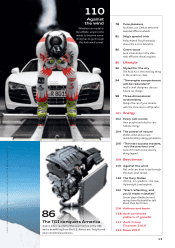 15
15 -
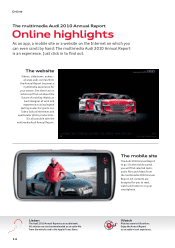 16
16 -
 17
17 -
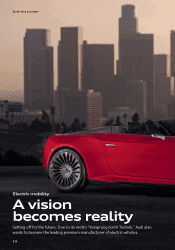 18
18 -
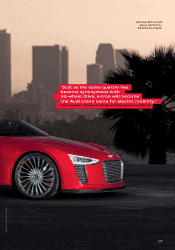 19
19 -
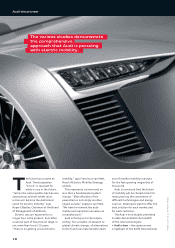 20
20 -
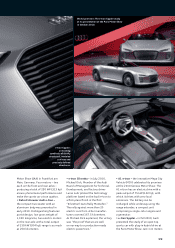 21
21 -
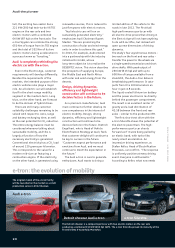 22
22 -
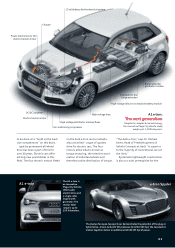 23
23 -
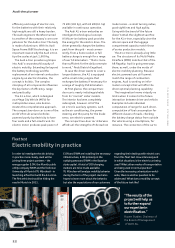 24
24 -
 25
25 -
 26
26 -
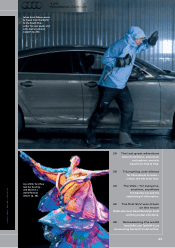 27
27 -
 28
28 -
 29
29 -
 30
30 -
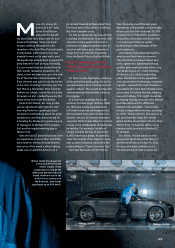 31
31 -
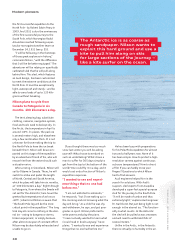 32
32 -
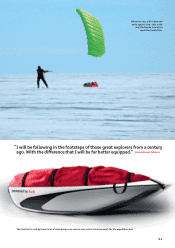 33
33 -
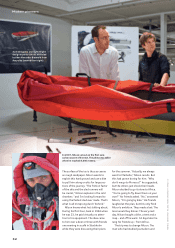 34
34 -
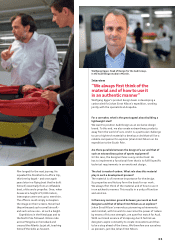 35
35 -
 36
36 -
 37
37 -
 38
38 -
 39
39 -
 40
40 -
 41
41 -
 42
42 -
 43
43 -
 44
44 -
 45
45 -
 46
46 -
 47
47 -
 48
48 -
 49
49 -
 50
50 -
 51
51 -
 52
52 -
 53
53 -
 54
54 -
 55
55 -
 56
56 -
 57
57 -
 58
58 -
 59
59 -
 60
60 -
 61
61 -
 62
62 -
 63
63 -
 64
64 -
 65
65 -
 66
66 -
 67
67 -
 68
68 -
 69
69 -
 70
70 -
 71
71 -
 72
72 -
 73
73 -
 74
74 -
 75
75 -
 76
76 -
 77
77 -
 78
78 -
 79
79 -
 80
80 -
 81
81 -
 82
82 -
 83
83 -
 84
84 -
 85
85 -
 86
86 -
 87
87 -
 88
88 -
 89
89 -
 90
90 -
 91
91 -
 92
92 -
 93
93 -
 94
94 -
 95
95 -
 96
96 -
 97
97 -
 98
98 -
 99
99 -
 100
100 -
 101
101 -
 102
102 -
 103
103 -
 104
104 -
 105
105 -
 106
106 -
 107
107 -
 108
108 -
 109
109 -
 110
110 -
 111
111 -
 112
112 -
 113
113 -
 114
114 -
 115
115 -
 116
116 -
 117
117 -
 118
118 -
 119
119 -
 120
120 -
 121
121 -
 122
122 -
 123
123 -
 124
124 -
 125
125 -
 126
126 -
 127
127 -
 128
128 -
 129
129 -
 130
130 -
 131
131 -
 132
132 -
 133
133 -
 134
134 -
 135
135 -
 136
136 -
 137
137 -
 138
138 -
 139
139 -
 140
140 -
 141
141 -
 142
142 -
 143
143 -
 144
144 -
 145
145 -
 146
146 -
 147
147 -
 148
148 -
 149
149 -
 150
150 -
 151
151 -
 152
152 -
 153
153 -
 154
154 -
 155
155 -
 156
156 -
 157
157 -
 158
158 -
 159
159 -
 160
160 -
 161
161 -
 162
162 -
 163
163 -
 164
164 -
 165
165 -
 166
166 -
 167
167 -
 168
168 -
 169
169 -
 170
170 -
 171
171 -
 172
172 -
 173
173 -
 174
174 -
 175
175 -
 176
176 -
 177
177 -
 178
178 -
 179
179 -
 180
180 -
 181
181 -
 182
182 -
 183
183 -
 184
184 -
 185
185 -
 186
186 -
 187
187 -
 188
188 -
 189
189 -
 190
190 -
 191
191 -
 192
192 -
 193
193 -
 194
194 -
 195
195 -
 196
196 -
 197
197 -
 198
198 -
 199
199 -
 200
200 -
 201
201 -
 202
202 -
 203
203 -
 204
204 -
 205
205 -
 206
206 -
 207
207 -
 208
208 -
 209
209 -
 210
210 -
 211
211 -
 212
212 -
 213
213 -
 214
214 -
 215
215 -
 216
216 -
 217
217 -
 218
218 -
 219
219 -
 220
220 -
 221
221 -
 222
222 -
 223
223 -
 224
224 -
 225
225 -
 226
226 -
 227
227 -
 228
228 -
 229
229 -
 230
230 -
 231
231 -
 232
232 -
 233
233 -
 234
234 -
 235
235 -
 236
236 -
 237
237 -
 238
238 -
 239
239 -
 240
240 -
 241
241 -
 242
242 -
 243
243 -
 244
244 -
 245
245 -
 246
246 -
 247
247 -
 248
248 -
 249
249 -
 250
250 -
 251
251 -
 252
252 -
 253
253 -
 254
254 -
 255
255 -
 256
256 -
 257
257 -
 258
258 -
 259
259 -
 260
260 -
 261
261 -
 262
262 -
 263
263
 |
 |

the grid also opens the door to new
comfort and safety features, such as
bringing the cabin to a preset
temperature before setting off .
At Audi, the future has already
begun. At present over 400
specialists at the company’s Technical
Development division are working in
the fi eld of electric mobility with the
support of several hundred colleagues
from the widest variety of fi elds.
At the same time, a strategic
bundling of activities is taking place.
To this end, Audi has established the
e-performance project house for
electric driving. In addition, a team of
Audi development engineers and
scientists from a variety of universities,
research institutions and startup
companies have been working since
fall 2009 on the development of a new
total concept, from the body to the
battery to the power electronics. This
is part of the e-performance research
project sponsored by the German
Federal Ministry of Education and
Research.
A number of substantial challenges
still remain to be solved, in particular
with regard to battery technology.
Since the introduction of lithium-ion
batteries for vehicle applications,
“development has made huge strides
in power density,” says Dietrich
Engelhart. But a range of 250 kilo-
meters still means 10 hours of
charging time on the residential power
grid. By contrast, fi lling up at the fuel
pump takes just a few minutes.
So there is still a lot to do. Given
diminishing resources and the debate
about climate change, the develop-
ment is unstoppable and there also
seems to be no turning back.
“We don’t know today how long the
petroleum reserves will last,”
says Stefan Keller, “but we do know
one thing: They are fi nite.”
THOMAS AMMANN
Silvretta cockpit
The display with integrated functions of the Multi Media Interface (MMI) indicates
the battery charge status. The round power meter to the left shows the overall
output of the system and the respective operating states.
Interior
Visual and functional references to the fundamental concept of lightweight
construction characterize the design of the Audi e-tron Spyder – fl owing
transitions between exterior and interior which produce a formal unit.
Design study
A sketch of the Audi e-tron Spyder: The open-top two-seater features the most
advanced and simultaneously the most consistent evolution of the current Audi
design language, and provides initial hints at the design of future Audi sports cars.
More than 400 specialists are
currently working in the fi eld
of electric mobility at Audi.
23
Find out more about the next
chapter in mobility at:
www.audi.com/ar2010/e-tron
O
